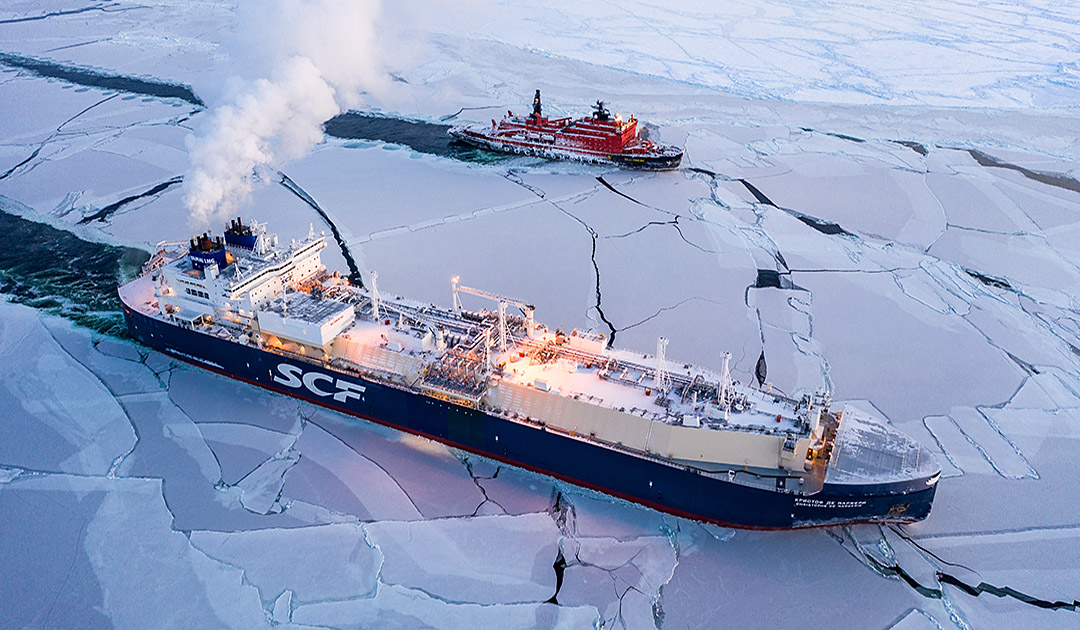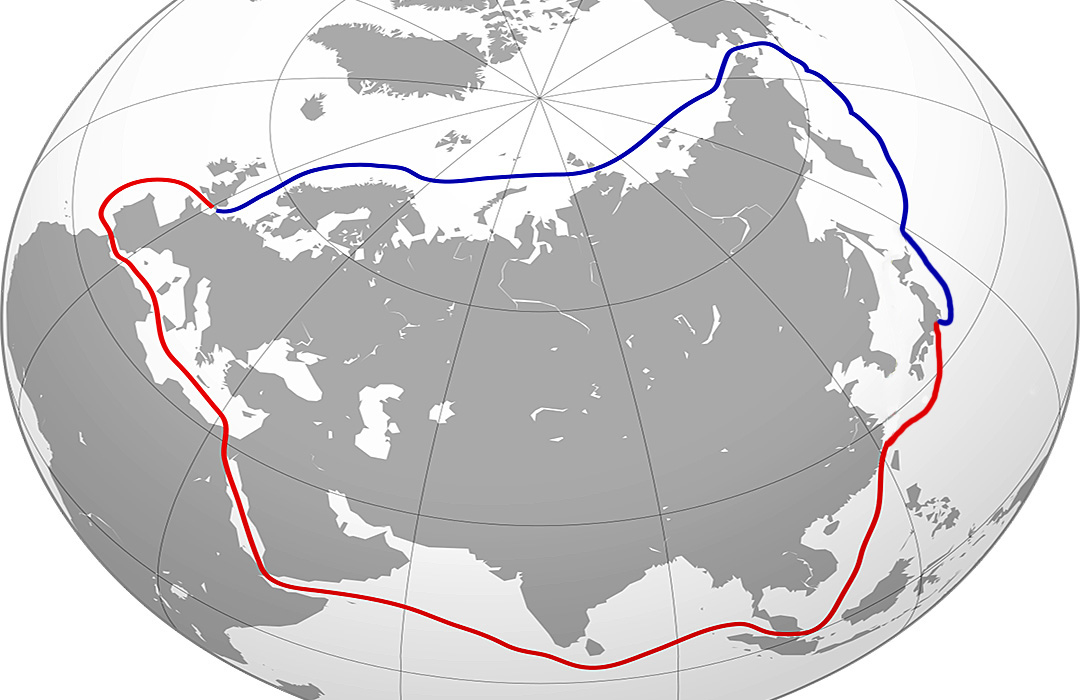
Russia has invested heavily in the infrastructure of the Northern Sea Route and wants it to become a major shipping route. “We plan to start transitioning to year-round navigation in 2022-2023,” Deputy Prime Minister Yury Trutnev told state TV station Rossiya 24, with the rapid melting of Arctic ice due to global warming coming in handy for the plans.
As the seas in the far north have warmed faster than in the rest of the world, the passage time for ships has increased to around nine months in the last ten years.
Moscow has invested huge sums in recent years in developing ports, bunkering facilities and icebreakers to increase traffic along the planet’s northern seaboard and is now looking to take the next step.
In order to further develop the Northern Sea Route and make it safe for year-round navigation, the first super-powerful icebreaker with 81,500 hp, the Arktika is already in operation and four more will follow.

The route, which runs along Russia’s northern flank, is currently used to transport fossil fuels and other resources for up to nine months of the year. Due to the thick ice cover, it is still not used in winter.
However, the first ‘test drives’ have already taken place in early 2021. The LNG tankers “Christophe de Margerie” and “Nikolay Yevgenov” transited the northern sea route from Sabetta to the east, taking their cargo to China. On the way back, at the end of February, the “Christophe de Margerie” was escorted as far as Sabetta by an icebreaker.
The ‘trial run’ for the “Nikolay Yevgenov” did not end so happily. Damage to the Azipod made it clear that transit still poses risks. After unloading the gas cargo in the Chinese port of Jingtang, a stopover in Korea and passage through the Suez Canal, the “Nikolay Yevgenov” had arrived in Brest, France, on 25 February, where the ship was taken to a dry dock for repairs.

Freight volumes to be increased
The government in Moscow wants the volume of freight transported via the route to increase to 80 million tonnes per year by 2024. Last year, 33 million tons of cargo were shipped.
President Vladimir Putin said last month Russia should start regular container shipments via the shipping route. Container terminals are planned on both sides of the 6,500-kilometer route for this purpose.
Heiner Kubny, PolarJournal





